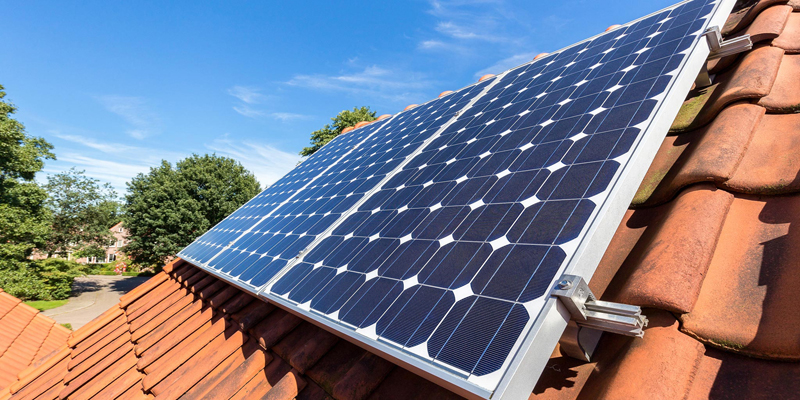The Myths Debunked
Which? report on solar panel myths:
“These were the most common questions and concerns people had about getting solar panels, according to a government report in July 2021. So we’ve looked at the worries and consulted more than 1,000 solar panel owners to bring you the facts and destroy the solar panel myths.”
1. ‘Solar panel costs are too expensive’
Solar panels aren’t cheap, but their price has dropped dramatically over the past decade. They’re usually much less expensive than other renewable technology, such as heat pumps.
In 2020-21, installing one kilowatt of solar panels cost £1,429 on average, according to the latest data from government (median averages). That’s around £250 less per kilowatt than in 2018-19.
This is the cost of 1kW though. Solar panels on domestic homes are typically up to 4kW.
How much it might cost to install solar panels at your home will depend on:
The size of the system
The type of solar panels
The type of building on which they’ll be fitted.
2. ‘Solar panels aren’t suitable for my home’
Solar photovoltaic (PV) panels can be installed on a wide range of homes. We’ve heard from people installing solar panels on bungalows and terraces, as well as semi-detached and detached houses.
The most important thing is the direction your roof faces. You’ll need a mainly south-facing roof to get the best power output from solar panels. Southwest or south-east facing should also be fine, though you may get less power.
Also consider:
- How steep your roof is (around 30° is best)
- Where you live (the southwest gets more sun than the north, for example)
- How many panels you’ll have room for (more panels equal more power)
- Is your roof shaded? Any shade will affect solar panels’ power output.
- If you live in a flat, solar panels are less likely to be suitable, as they’re usually installed on the roof.
You’ll also need to own your home to install solar panels, unless you get permission from your freeholder or landlord.
If you live in a listed building, a conservation area or World Heritage Site, you may need planning permission for solar panels.

3. ‘Solar panel installation is disruptive’
Imagining your house filled with mess from a lengthy installation could be enough to put you off considering solar panels.
But 94% said that getting a solar PV system wasn’t disruptive, among those who had solar pv panels fitted in the past 10 years.
They were considered less disruptive than having an air-source heat pump fitted, which 73% found wasn’t disruptive.
Your installers will usually need to erect scaffolding to install solar panels on your roof. Once this is up, solar panels can be installed in a day or two.
The inverter will usually be fitted in either a loft or garage. This converts the DC current your panels produce to AC current that you can use in your home.
There will also be a generation meter, so you can see how much power your panels are producing.
4. ‘There isn’t enough sun for solar panels’
Though the UK is not famously sunny, we do have enough sunlight for solar panels to work.
They don’t need direct sunlight – although they’ll produce the most electricity when they get it. Solar panels also work when it’s cloudy or overcast. Unlike the solar panel myths say. But they shouldn’t be shaded. Check that any nearby trees or neighbouring buildings don’t cast shadows onto your roof, and aren’t likely to in future.
5. ‘Solar panel problems are common’
Seven in 10 solar panel owners we surveyed have had no faults with their solar panel system since it was installed. Among those who did report a technical fault, inverter problems were by far the most common. Some 14% of owners in our survey reported an inverter problem.








